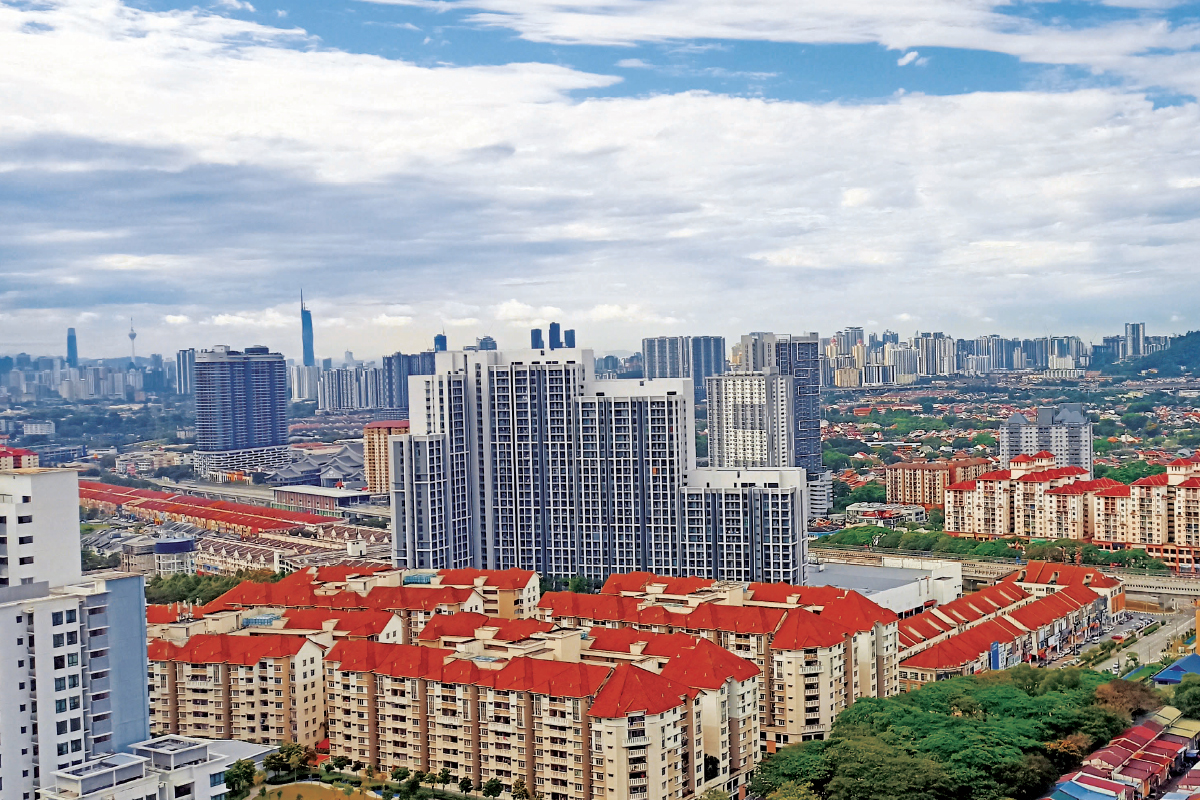
This article first appeared in City & Country, The Edge Malaysia Weekly on June 27, 2022 - July 3, 2022
As strata living becomes the norm in land-scarce areas such as Kuala Lumpur and other cities in Malaysia, the roles that the Joint Management Body (JMB), Management Corporation (MC) and Subsidiary Management Corporation (Sub MC) play have become more relevant than ever. The question is, do you know what the difference is between these bodies and what their roles are in your stratified project?
The strata living concept was introduced in Peninsular Malaysia as early as 1985. This form of property ownership and development format caters for the subdivision of buildings to ensure higher density and better efficiency of land utilisation.
Strata living promotes community living by having shared areas and facilities such as the lobby, lifts, stairwells, corridors and other facilities that are normally referred to as common property by all parcel owners of a stratified property. Hence, there is a need for someone to manage and maintain the common property for the good of all owners. This is where the JMB, MC and Sub MC come in.
Despite being called by different names, the roles that these bodies play are actually quite similar — to manage common areas and facilities, enforce by-laws and collect maintenance charges and contributions to the sinking fund, among others.
The key difference between the JMB and MC is that the former is an interim management body before the formation of the MC, which can only happen after all the strata titles have been issued to the individual owners of the stratified property. Upon the issuance of the strata titles, the management responsibilities fall on the MC, and the JMB is dissolved.
As the JMB is an interim body, it has limitations when it comes to calling for tenders and awarding contracts. According to Section 21(3) of the Strata Management Act (SMA), the JMB shall not enter into any contract relating to the maintenance and management of any building intended for subdivision of parcels and common property in the development area for any period exceeding 12 months.
The JMB is also prohibited from applying for loans, offering security for repayment and acquiring additional land to be used for purposes related to the stratified development area. The MC, however, is given those powers under the SMA.
The Sub MC has similar responsibilities as the JMB and MC, but it will only be set up when there is a need for a separate management body due to the stratified development having multiple components and is too large to be managed by a single MC. A typical example is a mixed-use stratified development that comprises several components under one master title, such as residential, commercial, retail, office and hotel.
It is worth noting that the Sub MC runs independently in terms of collecting the maintenance fees and managing the sinking fund account, enforcing by-laws and managing the upkeep of limited common property (LCP). Unlike common property in a single-use stratified project, the LCP is common property that has been designated for the exclusive use of one or more components in a mixed-use stratified development.
For example, the infinity pool in the residential tower of a mixed-use development is an LCP that is exclusive to the parcel unit owners of the residential tower. The other parcel unit owners or tenants of the other components in the stratified development are not allowed to use the pool.
Likewise, the residents of the residential tower can only look up in envy at the tenants of the office tower for the spectacular views of the city from the sky garden as the LCP is for office tenants only.
With the existence of Sub MCs, property managers can assure fairness to all parcel unit owners. In fact, the rationale for introducing this body was to resolve the complications in managing a mixed-use stratified development. For example, a Sub MC of a residential component of a mixed-use development does not need to get the consent of the parcel unit owners or tenants of the entire mixed-use development to upgrade the security system in the residential tower, while the owners or tenants who do not enjoy the use of the LCP are not required to bear the service charges incurred for the LCP.
Interestingly, Malaysia’s history of having Sub MCs is short as they were only set up in 2019 at the 1 Mont’Kiara mixed-use stratified development in Kuala Lumpur. According to news reports, the mixed-use development has three Sub MCs to manage the en-bloc office called Wisma Mont’Kiara; the 4-storey mall and basement car park called 1 Mont’Kiara; and the serviced apartment tower called i-Zen Kiara II.
The certificates of establishment for these Sub MCs were issued by the Federal Territories Director of Land and Mines on April 19, 2019.
Save by subscribing to us for your print and/or digital copy.
P/S: The Edge is also available on Apple's AppStore and Androids' Google Play.

